Star Trek’s Best Sequel Was Almost a Bad Comedy
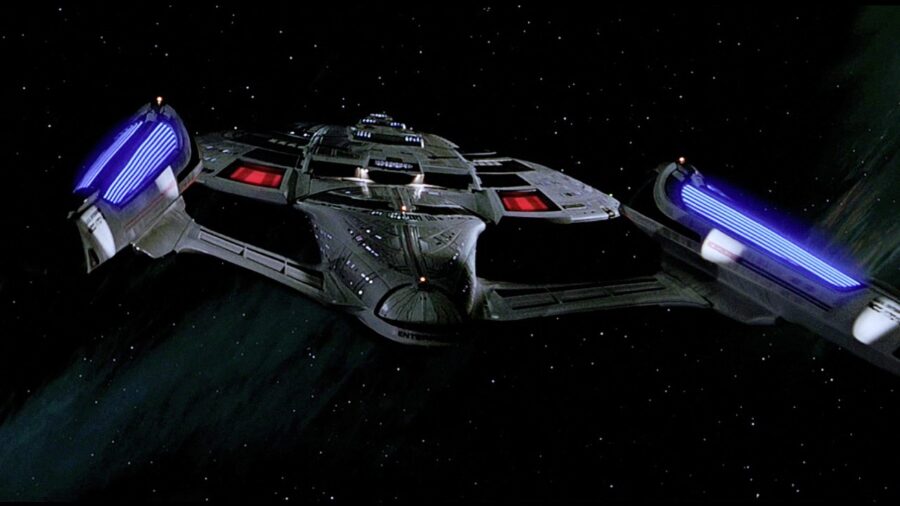
After the milquetoast Star Trek: Generations, the release of First Contact felt like a breath of fresh air right when the franchise needed it the most. It succeeds largely as an action film, and some of the most memorable sequences involve battling the Borg on the hull of the Enterprise and Picard flexing his muscles (quite literally) in a climactic showdown with the Borg Queen. However, this action-oriented sequel was almost very different: an earlier version of the script was actually a bad comedy involving over-the-top swordfights and Data becoming best buds with Leonardo da Vinci.
Writers Wanted First Contact To Include Time Travel
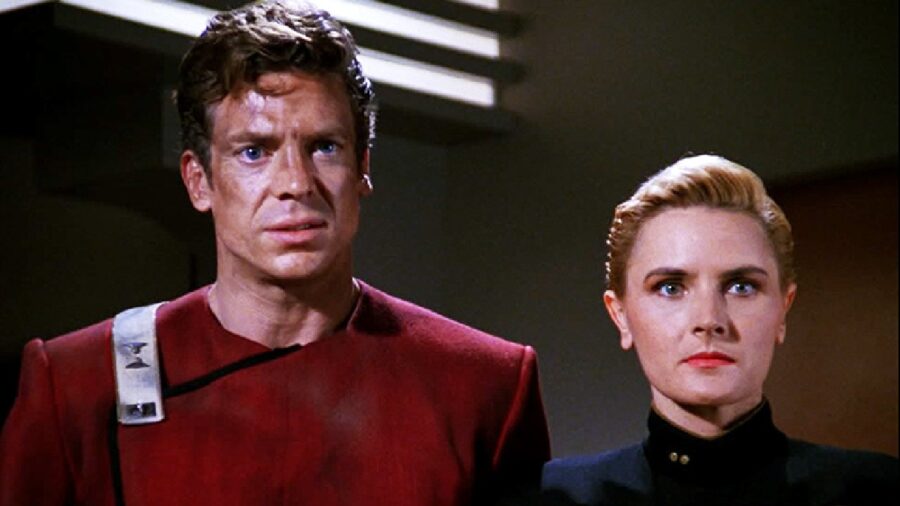
To understand how Star Trek: First Contact almost went catastrophically off course, you need to know a bit more about the strange way the film was written. Producer Rick Berman was adamant that he wanted the film to involve time travel because he believed the best Star Trek stories ever told (including the film The Voyage Home and The Next Generation episode “Yesterday’s Enterprise”) involved temporal shenanigans. However, it was Ronald Moore and Brannon Braga who were actually in charge of writing the script, and they were determined to bring the Borg back for a big screen battle.
Going Medieval
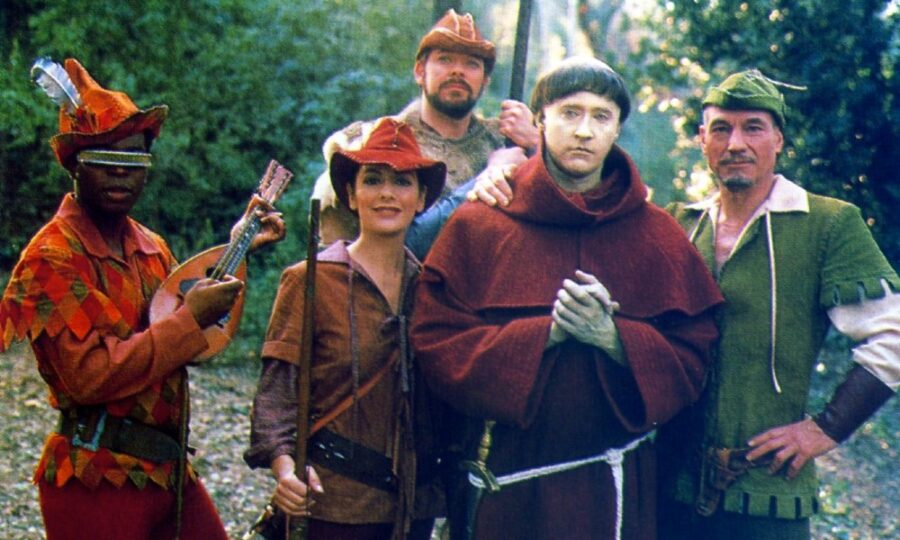
In the spirit of cooperation, the writers of Star Trek: First Contact decided to create a story that involved both time travel and Borg. That sounded good on paper, but they soon ran into an unexpected difficulty: coming up with a time period The Next Generation crew could travel to that the franchise hadn’t previously explored. Accordingly, they toyed with the idea of using time periods like the American Civil War or even Ancient Rome, but as Moore would later jokingly recall, “Picard in a toga” is something “you don’t want to do,” preferring to put the captain in a spacesuit instead.
Star Trek: Renaissance
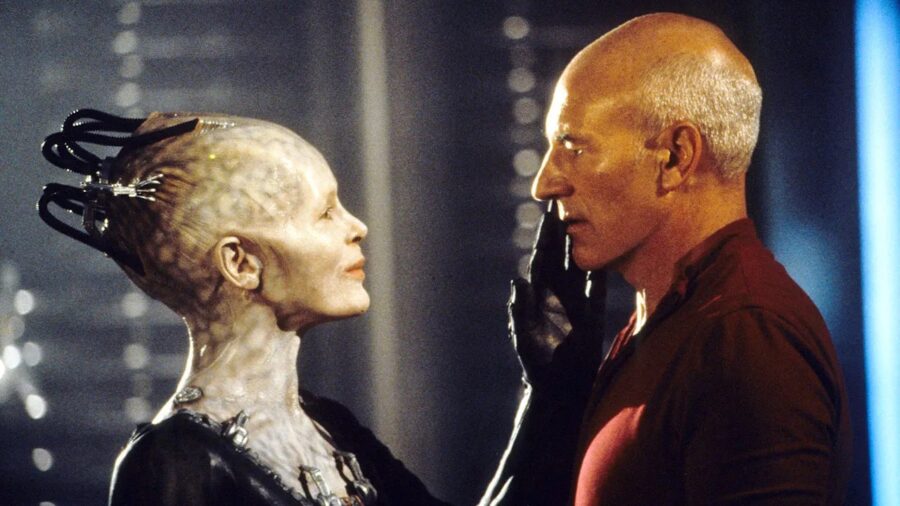
Eventually, though, the writers of Star Trek: First Contact created a draft of the film called Star Trek: Renaissance. This movie would have had Captain Picard trying to find where in history the Borg were hiding, and he eventually discovers stories about bizarre creatures taking over various villages during the Renaissance. His investigation leads him to a castle presided over by a feudal nobleman, but he is unable to get inside to verify the presence of his old nemeses.
Leonardo Da Vinci Did Make It Into The Franchise
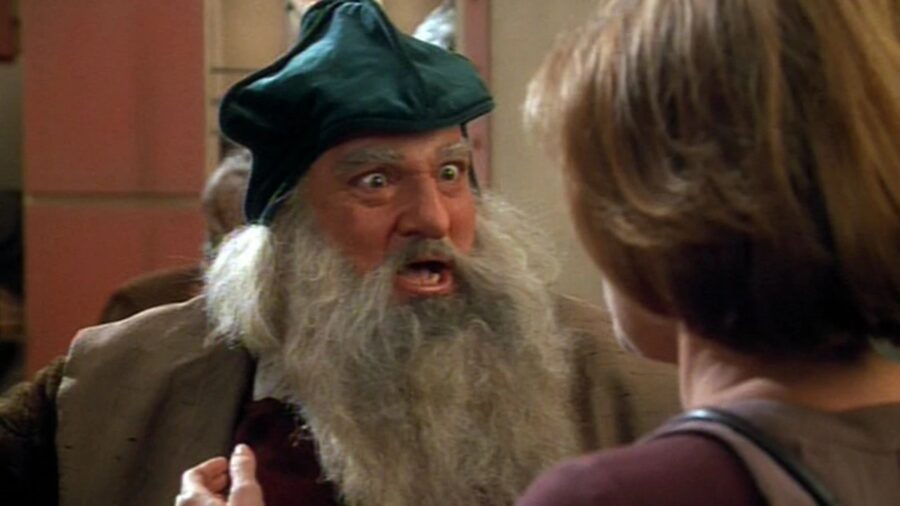
In order to get inside the castle, Data ends up pretending to be an apprentice to an artist, and he even ends up becoming fast friends with Leonardo da Vinci (interestingly, a holographic da Vinci would appear only one year later in the Voyager episode “Scorpion”). Da Vinci was actually working as a military engineer for the nobleman, which is enough to provide Data and the rest of the crew access to the castle. The story would have had some crazy action (including battles that mixed swords and phasers), but as Moore recalls, “it risked becoming really campy and over-the-top.”
Picard’s Got A Gun
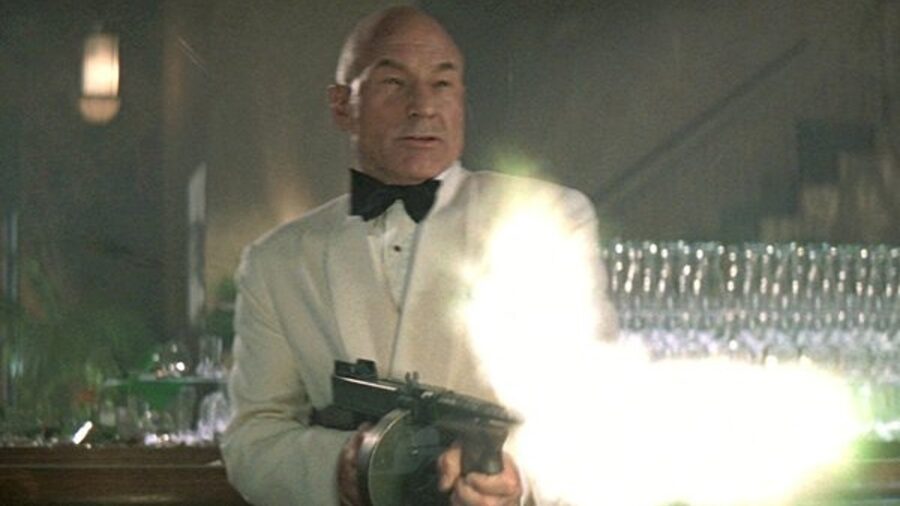
Obviously, the writers ditched the Renaissance idea, but not because it was going to be a bad comedy: instead, they worried that it would have been too expensive to accurately film this story and that audiences wouldn’t know enough about this time period to be engaged. Eventually, they set the movie that would become Star Trek: First Contact in a future period, which was much cheaper to film and had the novelty of showing the early dawn of the Federation. The rest of the story is cinematic history, though I must admit that the next time I watch Picard fighting the Borg aboard the Enterprise, I’ll wonder how much weirder it would be if he had a sword instead of a phaser.
Let’s be honest…a sword wouldn’t have been that much stranger than the Tommy gun, right?












